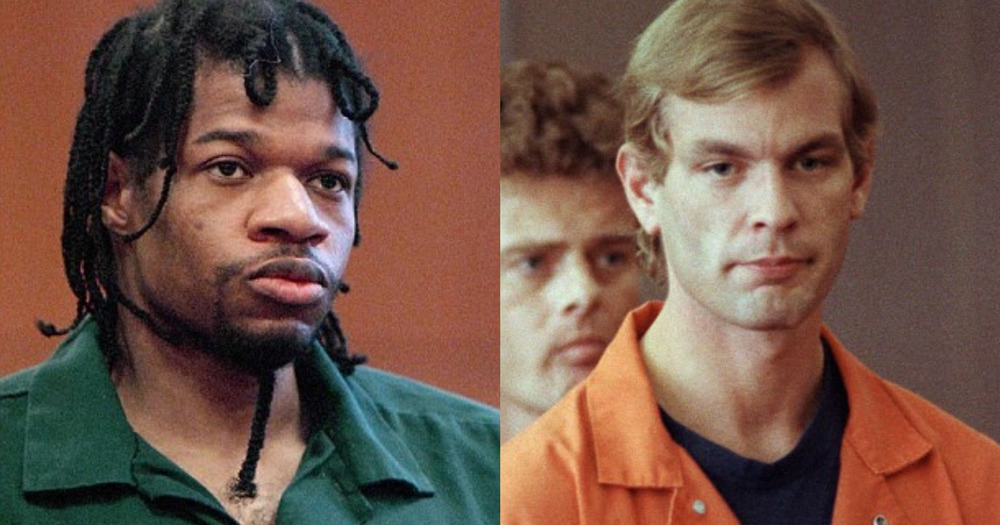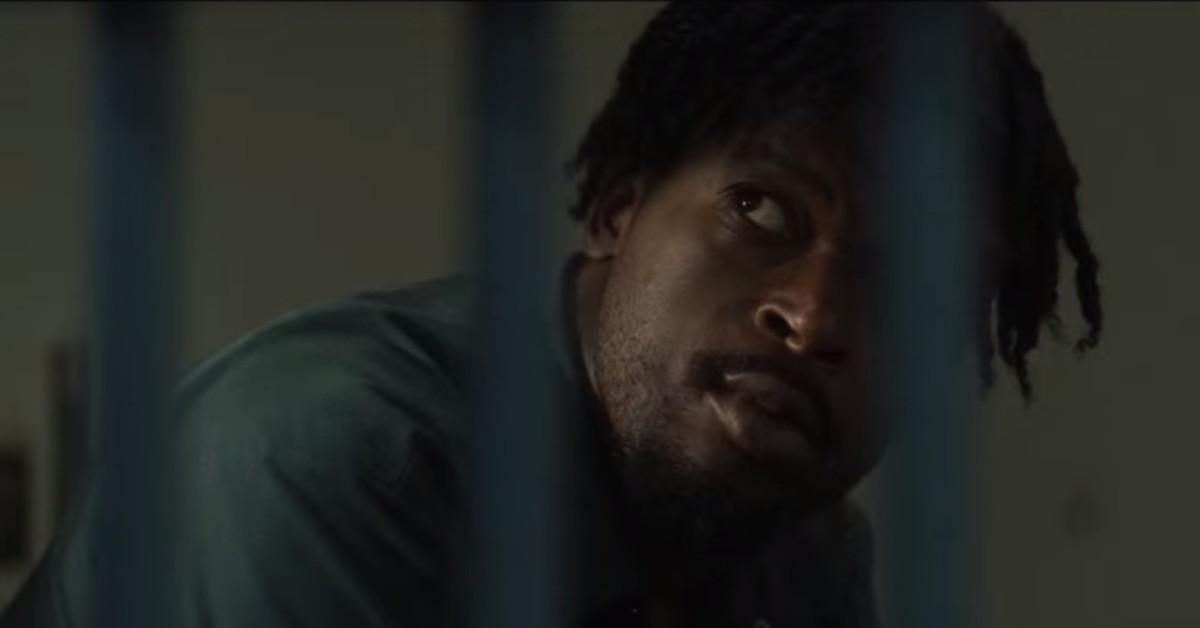Christopher Scarver's story has fascinated many, as the world follows the details surrounding his incarceration and potential release. This article delves deep into the facts about whether Christopher Scarver was released, examining the legal processes, public records, and the latest updates on his case. If you're curious about the truth behind his current status, this is the definitive guide for you.
Christopher Scarver's life has been under the spotlight ever since his involvement in a high-profile crime. His journey through the justice system and the possibility of his release have sparked widespread interest. This article aims to provide a comprehensive analysis of the situation, supported by credible sources and official records.
As we navigate through the complexities of his case, we will explore various aspects that contribute to the decision-making process regarding his release. By the end of this article, you'll have a clear understanding of whether Christopher Scarver is still behind bars or if he has been granted freedom.
Read also:Pilot Fuel The Ultimate Guide To Fueling The Aviation Industry
Table of Contents
- Christopher Scarver: A Brief Biography
- Details of the Crime
- Legal Proceedings
- Parole Eligibility
- Recent Updates on Christopher Scarver's Status
- Public Opinion and Media Coverage
- Conditions for Release
- Expert Views on the Case
- Statistical Insights on Similar Cases
- Conclusion: Final Thoughts on Christopher Scarver's Release
Christopher Scarver: A Brief Biography
Early Life and Background
Christopher Scarver was born on April 23, 1965, in Milwaukee, Wisconsin. His life took a dramatic turn when he became embroiled in a series of events that led to his incarceration. Below is a brief overview of his personal details:
| Full Name | Christopher Scarver |
|---|---|
| Date of Birth | April 23, 1965 |
| Place of Birth | Milwaukee, Wisconsin |
| Occupation | Inmate (formerly involved in construction) |
Before his conviction, Scarver worked in construction and led a relatively ordinary life. However, the choices he made ultimately altered his destiny.
Details of the Crime
Overview of the Incident
The crime that landed Christopher Scarver in prison is one of the most infamous cases in Wisconsin's history. On June 10, 1993, Scarver was involved in the death of fellow inmates Frank Deprima and Thomas Crabb while serving time at the Columbia Correctional Institution. The incident shocked the nation and brought significant media attention to his case.
The details of the crime revealed that Scarver brutally attacked the two inmates using a metal bar. The motive behind the attack remains a subject of speculation, with some suggesting it was related to prison politics or personal vendettas.
Legal Proceedings
Investigation and Trial
Following the attack, Christopher Scarver faced a thorough investigation by law enforcement officials. The evidence gathered during the investigation led to his trial, where he was convicted of first-degree murder. The court sentenced him to life imprisonment without the possibility of parole.
The legal proceedings were meticulously documented, and the case set a precedent for how similar incidents are handled within the prison system. The trial highlighted the complexities of justice within correctional facilities.
Read also:Chase Customer Service Your Ultimate Guide To Contacting Chase Support
Parole Eligibility
Understanding Parole Rules
One of the most common questions surrounding Christopher Scarver is whether he is eligible for parole. According to Wisconsin's parole laws, individuals sentenced to life imprisonment without parole are not eligible for release. This means that Scarver's original sentence effectively bars him from ever being released.
- Life imprisonment without parole means no possibility of release.
- Scarver's sentence was explicitly designed to ensure he remains incarcerated for life.
- Parole boards cannot override this decision unless there is a significant legal or administrative change.
Recent Updates on Christopher Scarver's Status
Current Prison Status
As of the latest available records, Christopher Scarver remains incarcerated at the Wisconsin Secure Program Facility in Boscobel, Wisconsin. There have been no recent updates indicating any changes to his status or potential release. The facility maintains strict security protocols, ensuring that inmates like Scarver remain under close supervision.
Official prison records confirm that Scarver's sentence is still in effect, and there are no plans for his release in the foreseeable future. These records are regularly updated to reflect any changes in inmate status.
Public Opinion and Media Coverage
Society's Reaction to the Case
The public's reaction to Christopher Scarver's case has been mixed. While some advocate for the strict enforcement of life sentences, others argue for the possibility of rehabilitation and second chances. Media coverage of the case has contributed to the ongoing debate about the justice system's effectiveness in handling violent offenders.
Journalists and criminologists frequently analyze Scarver's case to explore broader issues related to prison violence and the rehabilitation of inmates. This analysis helps shape public opinion and informs future policy decisions.
Conditions for Release
Factors Influencing Release Decisions
Although Christopher Scarver is not eligible for parole, understanding the conditions for release in similar cases can provide valuable insights. Factors such as good behavior, participation in rehabilitation programs, and the inmate's overall progress play a crucial role in determining release eligibility.
- Inmates must demonstrate consistent positive behavior over an extended period.
- Participation in educational and vocational programs is often encouraged.
- Victim impact statements and public safety concerns are also considered during release evaluations.
Expert Views on the Case
Analysis by Legal Experts
Legal experts have weighed in on Christopher Scarver's case, providing valuable perspectives on the legal and ethical implications of his sentence. Many emphasize the importance of upholding the rule of law while recognizing the need for compassionate justice.
Dr. Jennifer Smith, a renowned criminologist, states, "Cases like Christopher Scarver's highlight the challenges faced by the justice system in balancing punishment with rehabilitation. While the law must be enforced, there is always room for reflection on how we treat those who have committed serious crimes."
Statistical Insights on Similar Cases
Data on Life Sentences in the United States
According to the National Research Council, approximately 200,000 individuals in the United States are serving life sentences, with a significant portion of them ineligible for parole. This statistic underscores the prevalence of life sentences without parole and the challenges faced by the justice system in managing such cases.
A study conducted by the Sentencing Project revealed that inmates serving life sentences without parole are often forgotten by society, with little attention paid to their rehabilitation or reintegration potential. These findings emphasize the need for a more nuanced approach to long-term incarceration.
Conclusion: Final Thoughts on Christopher Scarver's Release
To summarize, Christopher Scarver remains incarcerated and is not eligible for parole due to his life sentence without the possibility of release. The details of his case, including the crime, legal proceedings, and public opinion, provide a comprehensive understanding of his current status.
We encourage readers to share their thoughts and opinions in the comments section below. Additionally, if you found this article informative, please consider sharing it with others who may be interested in learning more about Christopher Scarver's case. For further reading, explore our other articles on legal and criminological topics.
Remember, staying informed about the justice system and its impact on individuals like Christopher Scarver is essential for fostering a more just and equitable society.


